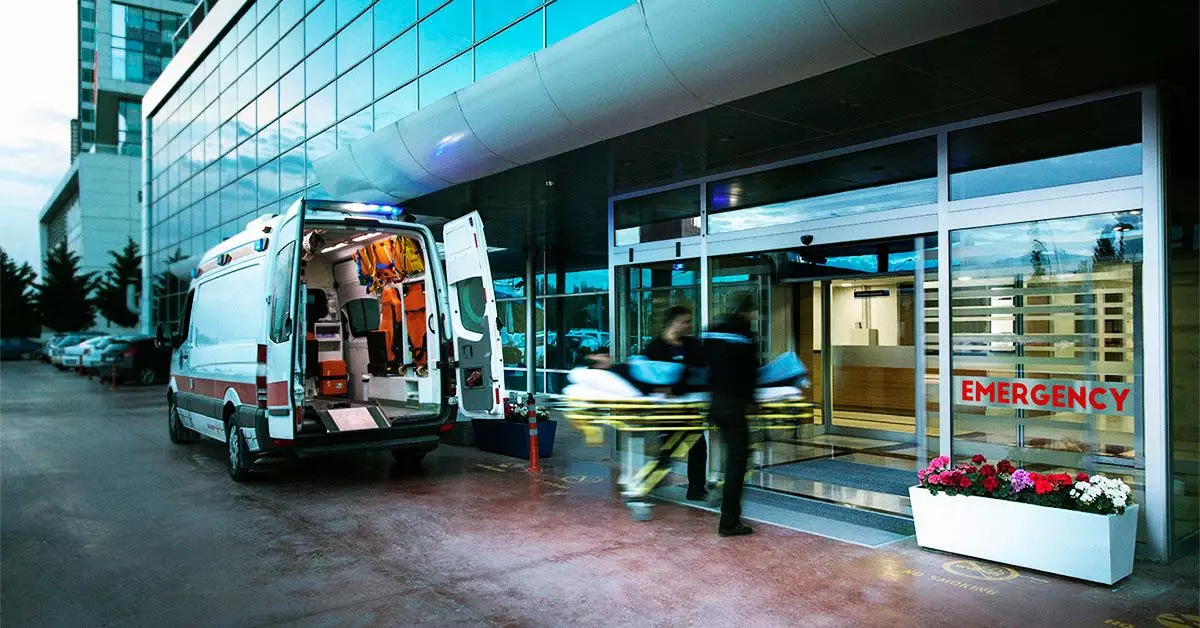Secondary Traumatic Stress (STS) is a psychological condition that emerges when individuals are indirectly exposed to traumatic experiences, often through their professional roles in caregiving or emergency response. Unlike Post-Traumatic Stress Disorder (PTSD), which typically follows direct exposure to trauma, STS develops as a result of vicarious experiences—when a person learns about the traumatic events faced by others. As more professionals, particularly in healthcare, social services, and emergency response, encounter the suffering of their clients or patients, the phenomenon of STS has garnered increasing attention in mental health discourse.
The symptoms associated with STS often mirror those of PTSD, creating confusion in both diagnosis and treatment. Individuals suffering from STS may experience a range of cognitive, emotional, behavioral, and physical reactions. Cognitively, they might have intrusive thoughts about their clients’ traumatic events, leading to persistent feelings of anxiety and guilt. Emotionally, symptoms can include extreme sadness, hopelessness, and a feeling of being overwhelmed by the trauma they’ve been exposed to indirectly. Behavioral changes may manifest as withdrawal from social interactions or changes in work performance, while physiological responses may include insomnia or chronic health issues.
Recognizing these symptoms is crucial as they can disrupt both personal lives and professional functioning. Over time, untreated STS can lead to burnout, compassion fatigue, and a deterioration in the quality of care provided by professionals, ultimately impacting their patients and clients.
While anyone can be exposed to trauma throughout their lives, some individuals are more vulnerable to developing STS due to their occupations. Professionals such as social workers, counselors, healthcare providers, police officers, and emergency responders regularly witness the aftermath of traumatic events. Their continuous exposure to clients’ suffering can create a cumulative psychic toll. A systematic review conducted in 2024 highlighted that not only does STS affect mental health, but it may also be linked to physical health conditions like cardiovascular disease.
The continuous strain of witnessing trauma can lead to chronic stress responses in these workers, emphasizing the need for effective coping mechanisms and supports within the workplace.
Diagnosing STS requires mental health professionals to utilize a variety of assessment tools and structured interviews, often aligned with the criteria established in the DSM-5. According to the DSM-5, indirect exposure to traumatic stressors qualifies as a criterion A stressor for PTSD. Instruments like the Secondary Traumatic Stress Scale (STSS), which consists of multiple statements reflecting the symptoms of STS, can facilitate accurate assessment and recognition of the condition.
Understanding the nuanced differences between STS and PTSD is essential for accurate diagnosis. While STS can stem from secondary exposure, PTSD does not always involve such meditated trauma experiences.
Addressing STS typically calls for a multi-faceted approach. Therapeutic techniques such as cognitive-behavioral therapy (CBT) can help individuals reframe their thoughts and develop coping mechanisms. Additionally, immersion in mindfulness practices, stress-management strategies, and work-life balance initiatives can alleviate the psychological burden of secondary trauma. Some professionals may also benefit from medication to address anxiety and sleep disturbances associated with STS.
Furthermore, fostering resilience and creating a supportive work environment plays a vital role in the wellbeing of those susceptible to STS. Organizations can promote mental health by providing peer support groups, professional development seminars on trauma awareness, and access to counseling services.
Understanding Secondary Traumatic Stress is imperative in today’s context, where many are exposed to the traumas of others, especially within the helping professions. By recognizing the signs, implementing preventive measures, and promoting mental health resources, both individuals and organizations can mitigate the impacts of STS. A commitment to awareness and proactive care not only enhances the welfare of professionals but also, importantly, the care they provide to their clients, thus fostering a healthier cycle of support.

